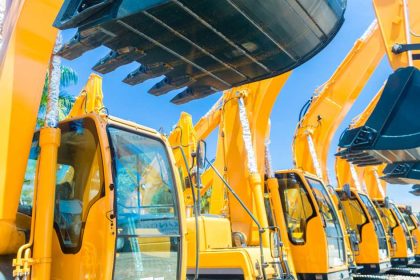Prefab homes could give savvy Aussie homebuyers a leg up into the nation’s rocky housing market without breaking the bank.
It’s no secret that the housing supply in Australia has failed to keep up with demand. Over the last two years, we have seen a widespread shortfall of housing across the country following rising costs of labour and construction materials introduced during the pandemic.
These pressures have left the average Aussie homebuyer contending with long build wait times, blown-out building costs, spiralling interest rates and the potential collapse of residential developers if they want to enter the housing market.
According to digital quoting website HiPages, Aussies were paying almost $500,000 and waiting up to 10 months on average to build a home as of mid last year.
Cheap, quick and sustainable builds
So, with traditional construction methods failing thousands of Aussies, could prefabricated modular construction – which basically involves producing standardised components or the whole of a structure in an off-site factory, then assembling them on-site – be the answer?
Professor Tuan Ngo, research director of the Australian Research Council Training Centre for Advanced Manufacturing in Prefabricated Housing at the University of Melbourne, seems to think so.
Speaking to reporters late last year, Professor Ngo says the streamlined construction offered in prefab builds helps homebuyers avoid the challenges plaguing the sector.
“Unlike traditional construction methods, prefab housing requires less labour, is higher in quality and is more energy efficient, due to the houses being built inside the controlled environment of a factory,” he said.
“Since the process is mainly carried out off-site, it yields faster results, with construction taking just six months instead of a typical year.
“Additionally, the cost of maintenance can be reduced by up to 30 per cent and waste generated from construction can be minimised by up to 90 per cent.”
And Professor Ngo isn’t alone. Seeing the industry’s potential, both QLD and NSW state governments have turned to modular construction to meet the demand for social housing as traditional building methods proved too costly and slow.
“By streamlining the supply chain and cutting waste, we can deliver homes quicker with better value for money, freeing up our tradies to build even more,” said QLD Public Works Minister Mick de Brenni after the state committed to opening a factory supporting the prefab pipeline.
Thanks to the construction process being taken off-site, builders can significantly slash building times in ways that aren’t possible with traditional construction.
This includes tradespeople attending one site – rather than spending time driving around to multiple sites – materials being delivered in bulk to one site, and in some cases, protection from the weather.
These time savings translate to cost savings, making the prefab construction process quicker and more cost-effective than traditional construction methods.
What’s stopping the prefab revolution?
Despite the obvious benefits, Australia’s long history with brick-and-mortar construction has made us slower than many countries to adopt the modular building style.
According to prefabAUS executive chairman Damien Crough, the sector accounted for only five per cent of the $150 billion Australian construction industry at the end of last year.
While prefab homes have been around for decades, a limited level of government support compared to other countries severely stunted the advancement of these projects until the boom in demand over the last few years.
This has left builders and homeowners cautiously approaching factory homes, with many seeing these offsite builds as ‘lower quality’ than their onsite counterparts.
But the situation is changing. The increased demand from the housing crisis has pushed developers to refine their efficient construction methods, leading to a gradual decline in price and wait time for homebuyers.
Organisations like the Housing Industry Association (HIA) also see a bright future for factory-built homes seems bright, with experts claiming prefab buildings could account for a “significant proportion of construction projects” in the coming decade.







